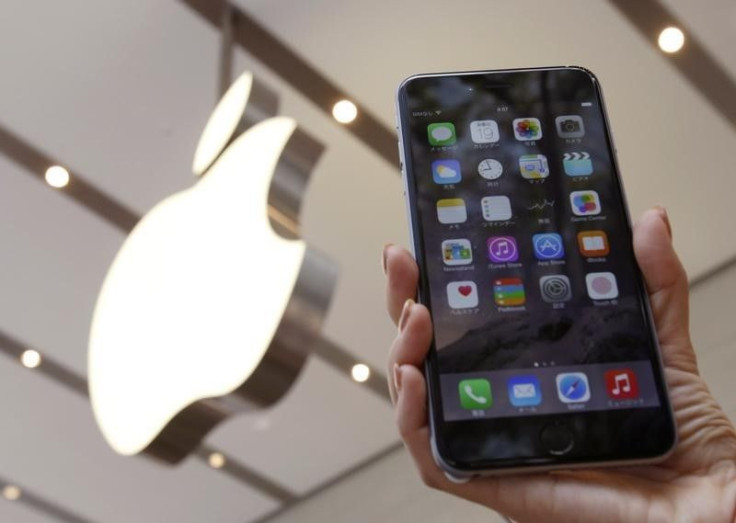iPhone 6S Rumors: Everything We Know So Far About Apple Inc.'s Next Smartphone

The iPhone 6 and 6 Plus are selling briskly around the globe, and to hear Apple CEO Tim Cook tell it, triggering mass switching from Android to iOS. But that hasn't stopped the rumor mill around the speculated iPhone 6S from shifting into gear.
To be clear, Apple hasn’t officially announced the phone -- or phones, plural. But certain aspects of the next iPhones have nevertheless leaked out to the public, as happens with all Apple products. We’ve compiled those details so you know exactly what to look for when the tech titan announces the iPhone 6S later this year.
Processor
Apple’s iPhone 6S is expected to sport the A9, a new chip and successor to the A8 processor found in the iPhone 6 and 6 Plus. So far, little is known about its specs. Samsung is likely to handle the bulk of Apple’s A9 chip orders, while Taiwan Semiconductor Manufacturing Company could be responsible for up to a third of A9 manufacturing, according to Apple Insider.
Three Models
Notably absent from Apple’s 2014 iPhone lineup was a follow-up to its plastic smartphone, the iPhone 5C. But this time around it may be prepared to launch a “6C” model, also sporting a 4-inch display and plastic body. The handset is expected to be targeted to the low-price and mid-price smartphone segments in emerging markets, according to DigiTimes. The “6S” and “6S Plus" may retain the 4.7-inch and 5.5-inch size of their predecessors.
Screen
Physical display size is expected to remain the same for Apple’s next iPhones. Still, there’s plenty of room for improvement. That may happen by way of Force Touch, which was introduced in the Apple Watch and the new MacBook. The technology allows a touchscreen or trackpad to detect the difference between a light tap and hard press. This can open the doors for new touch gestures and controls on the iPhone, such a contextual menu.
It is not known if Apple plans to use a different screen material such as the sapphire used in the Apple Watch. But it may have another option in the coming months by way of Corning’s Project Phire -- a new type of glass that has the drop protection of gorilla glass and scratch resistance approaching that of sapphire.
Waterproofing
Apple is also experimenting with ways to waterproof future iPhones, according to patent application filings published by the U.S. Patent and Trademark Office. Instead of relying solely on sealing the phone on the outside, Apple’s invention would coat internal components with a thin hydrophobic coating to protect them from moisture. To protect individual connectors, it would rely on silicone to seal them off. But like many of Apple’s patents and inventions, it’s unknown if or when it would use the feature in its future iPhones.
Camera
As iPhones have gotten thinner, Apple has left little room to fit a larger camera. This was especially seen in the iPhone 6 and 6 Plus with their protruding lenses. To solve this, its next iPhones may sport a camera that uses multiple lenses to capture DSLR-quality images in a smaller package. Apple already has several patents related to such a camera design, which also include such features as an optical zoom. But its acquisition of Israeli camera startup LinX could help accelerate efforts to develop a better iPhone camera.
iOS
Described as iOS' "Snow Leopard," iOS 9 is likely to be the choice OS for Apple’s next iPhone. Though Apple may introduce some new features such as transit mapping in the release, the mobile OS is expected to be focused more on bug fixes and stability enhancements. Developers and fans alike may get a glimpse of what the OS will feature next month during Apple’s WWDC (Worldwide Developers Conference), followed by an official release in September.
Release Date
Officially Apple hasn’t announced anything about its next iPhone. But if it continues the trend of previous years, fans are likely to seen one unveiled in September alongside iOS 9.
© Copyright IBTimes 2024. All rights reserved.






















